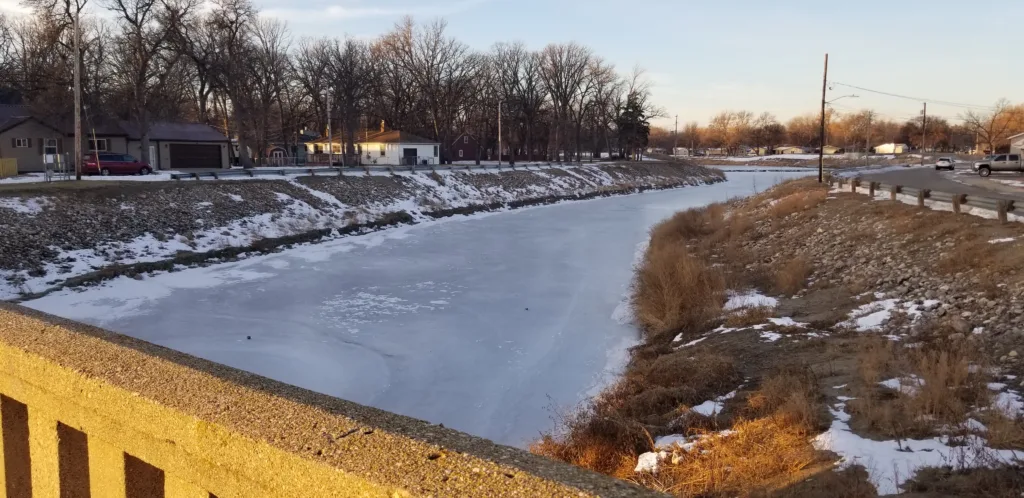

MOOSE JAW, SASK. -- The Saskatchewan Water Security Agency’s 2022 Conditions at Freeze-up Report indicates that most areas of the province are on the dry side going into the winter. While some areas of the province experienced higher than normal spring and early summer precipitation, the last half of the summer and early fall were dry resulting in drier than normal soil moisture conditions at freeze-up.
Most larger water supply reservoirs across southern and central Saskatchewan have adequate supplies.
At this time, there are no areas where WSA believes that there is a heightened risk of above normal spring runoff in 2023. There is, however, concern of surface water supply issues in the southwest if winter snowfall is below average.
The southwest and east-central portions of the province experienced two significant snowfall events this fall that melted, improving near surface soil moistures. Snow surveys in February 2023 will help determine if the moisture will infiltrate into the soil or run off toward reservoirs.
WSA issues the Conditions at Freeze up Report during the late fall/early winter period. Freeze-up conditions, in combination with the winter snowpack, becomes the initial base for the spring snowmelt runoff forecast. This report gives an early indication of areas that are more vulnerable to potentially above or below normal runoff in the spring. It is not a spring runoff forecast, as winter snow accumulation is an integral component in the runoff yield during the melt and is impossible to predict at this juncture.
This assessment is compiled with data from various sources including Environment and Climate Change Canada and the US National Weather Service. We are anticipating near normal temperatures but larger snowpacks this year, based on historical data.
The initial Spring Runoff Outlook for 2023 will be issued in early February.